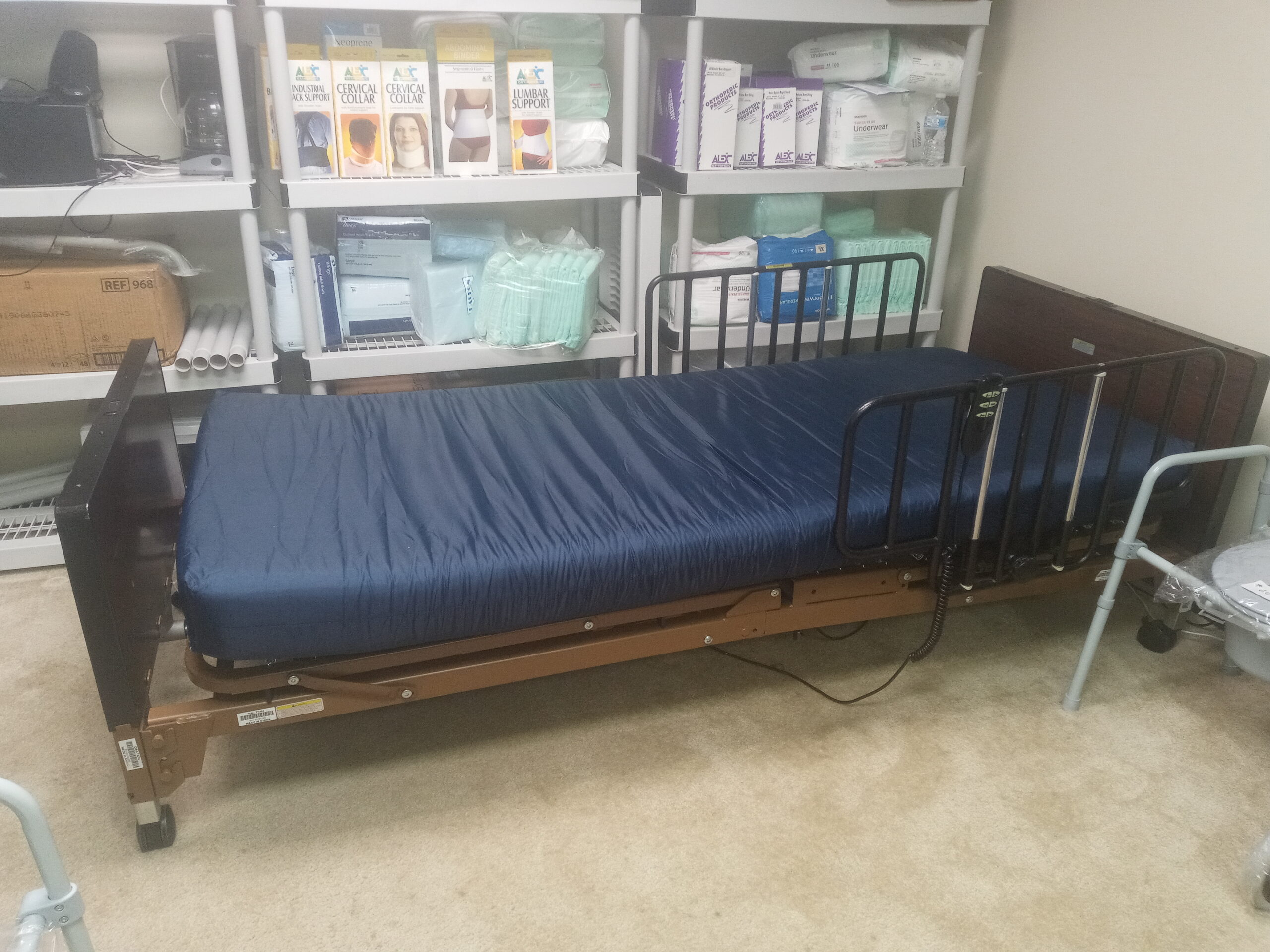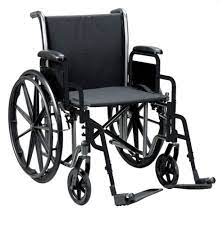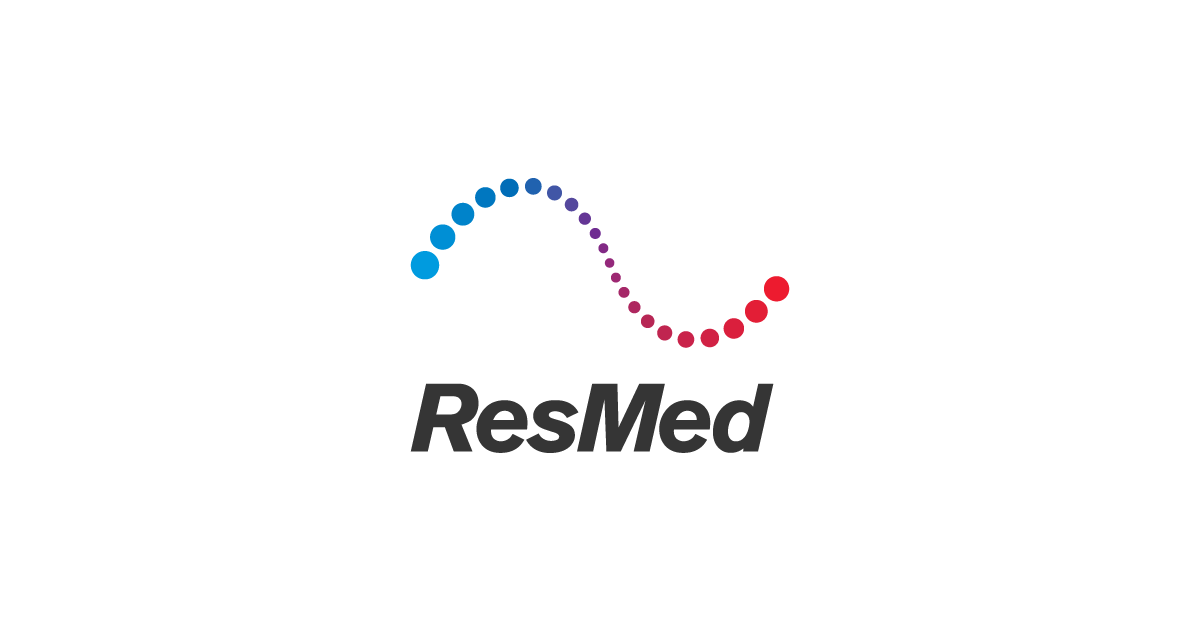In the realm of home care, creating a safe living environment is paramount, particularly for individuals with special needs. The bedroom and bathroom, being central to daily life, require meticulous attention to safety. This comprehensive guide delves into the significance of safety supplies for bedrooms and bathrooms, highlighting essential products such as bathtub chairs and elevated toilet seats that contribute to a secure living environment.
Understanding the Importance of Safety Supplies
- Enhanced Independence:
- Safety supplies play a crucial role in fostering independence for individuals with special needs. By strategically placing safety aids in the bedroom and bathroom, individuals can navigate these spaces more freely, reducing reliance on assistance and promoting a sense of autonomy.
- Preventing Accidents:
- The bedroom and bathroom pose unique challenges, with slippery surfaces and various obstacles that can lead to accidents. Safety supplies act as preventive measures, reducing the risk of slips, trips, and falls. This is particularly significant for those with mobility challenges, frailty, or conditions that affect balance.
- Maintaining Dignity:
- Safety supplies contribute to maintaining the dignity of individuals with special needs. By providing aids that facilitate independent toileting and bathing, these products empower individuals to perform personal care tasks with dignity and privacy, minimizing the need for constant assistance.
- Peace of Mind for Caregivers:
- Caregivers, whether family members or healthcare professionals, experience peace of mind knowing that the living environment is equipped with safety supplies. This not only enhances the overall caregiving experience but also allows caregivers to focus on other aspects of care, knowing that the risk of accidents is mitigated.
Essential Bedroom Safety Supplies
- Bed Rails:
- Bed rails are instrumental in preventing falls and providing support when getting in and out of bed. They come in various designs, including full-length rails and half-length options, catering to different needs and preferences.
- Overbed Tables:
- Overbed tables offer a convenient surface for individuals to engage in various activities while in bed. They provide a stable platform for meals, reading, or using electronic devices, contributing to an improved quality of life.
- Fall Mats:
- Placing fall mats strategically near the bed minimizes the impact of potential falls. These mats provide a cushioned surface to protect individuals in case of accidents and are an essential addition to bedroom safety.
Crucial Bathroom Safety Supplies
- Bathtub Chairs and Shower Benches:
- For individuals with limited mobility, bathtub chairs and shower benches offer a secure seating option in the bathroom. These aids facilitate safe bathing, reducing the risk of slips and providing a comfortable and stable platform for personal hygiene.
- Grab Bars:
- Grab bars are versatile safety aids that can be strategically placed in the bathroom to provide support when standing or moving around. They are crucial near the toilet, shower, and bathtub, offering stability and preventing accidents.
- Elevated Toilet Seats:
- Elevated toilet seats are designed to make the toilet more accessible. They reduce the distance individuals need to lower themselves, minimizing strain on joints and muscles. This is particularly beneficial for those with arthritis or other conditions affecting mobility.
- Non-Slip Mats:
- Non-slip mats are simple yet effective additions to bathroom safety. Placed strategically on wet surfaces, they provide traction and reduce the risk of slipping. These mats are particularly important near the bathtub, shower, and sink.
Choosing the Right Safety Supplies
- Assessment of Individual Needs:
- The selection of safety supplies begins with a thorough assessment of the individual’s needs. Consider factors such as mobility, specific challenges, and personal preferences to tailor safety solutions accordingly.
- Consultation with Healthcare Professionals:
- Healthcare professionals, including occupational therapists, can offer valuable insights into the specific safety needs of individuals. Consultation with these professionals can guide the selection of appropriate safety supplies for the bedroom and bathroom.
- User-Friendly Features:
- When choosing safety supplies, prioritize user-friendly features. Consider elements such as ease of installation, adjustability, and comfort. Opt for products that seamlessly integrate into the individual’s daily routine without causing unnecessary disruption.
Installation and Maintenance
- Professional Installation:
- Some safety supplies, such as grab bars, may require professional installation to ensure they are securely affixed to the wall. Professional installation minimizes the risk of accidents caused by improperly installed safety aids.
- Regular Maintenance:
- Regular checks and maintenance of safety supplies are essential to ensure their continued effectiveness. Loose bolts, worn-out grips, or damaged surfaces should be promptly addressed to uphold the integrity of the safety aids.
Conclusion
In conclusion, the significance of safety supplies for bedrooms and bathrooms cannot be overstated, especially for individuals with special needs. These supplies go beyond being mere accessories; they are crucial components that contribute to enhanced independence, accident prevention, and the maintenance of dignity. By understanding the importance of safety supplies and carefully selecting the right aids, individuals, caregivers, and healthcare professionals can collectively create a living environment that prioritizes safety and well-being. Ultimately, safety supplies are catalysts for transforming spaces into secure havens, allowing individuals to navigate their homes with confidence and peace of mind.








